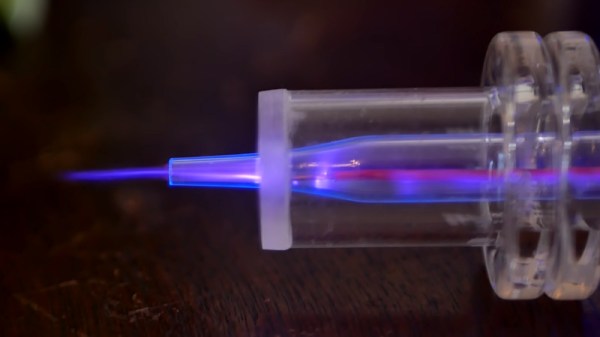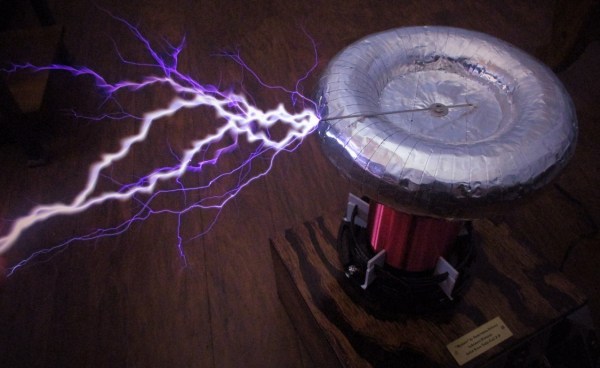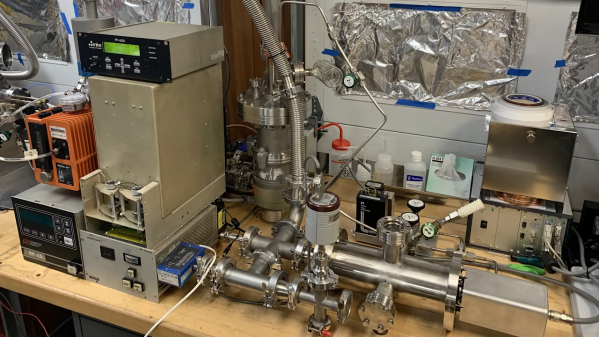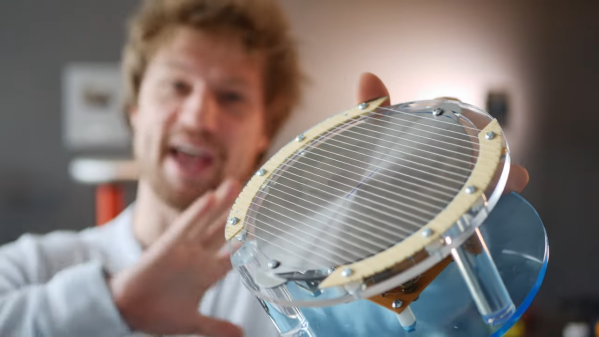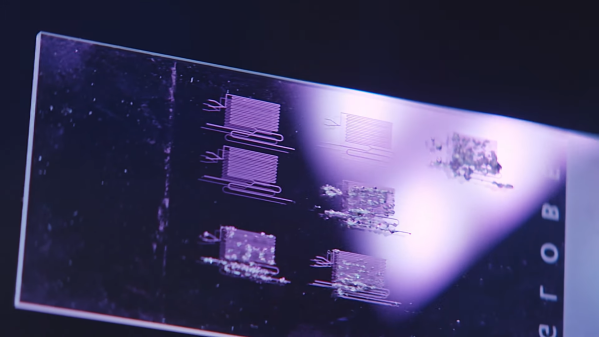It probably won’t come as much surprise to find that a blast of hot plasma can be used to sterilize a surface. Unfortunately, said surface is likely going to look a bit worse for wear afterwards, which limits the usefulness of this particular technique. But as it turns out, it’s possible to generate a so-called “cold” plasma that offers the same cleansing properties in a much friendlier form.
While it might sound like science fiction, prolific experimenter [Jay Bowles] was able to create a reliable source of nonthermal plasma for his latest Plasma Channel video with surprisingly little in the way of equipment. Assuming you’ve already got a device capable of pumping out high-voltage, all you really need to recreate this phenomenon is a tank of helium and some tubing.
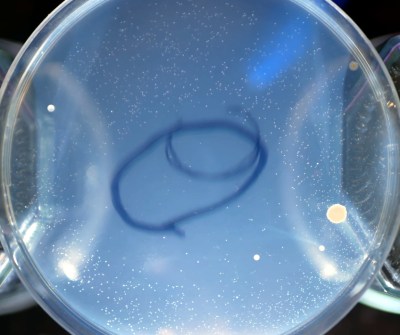
[Jay] takes viewers through a few of the different approaches he tried before finally settling on the winning combination of a glass pipette with a copper wire run down the center. When connected to a party store helium tank and the compact Slayer Exciter coil he built last year, the setup produced a focused jet of plasma that was cool enough to touch.
It’s beautiful to look at, but is a pretty light show all you get for your helium? To see if his device was capable of sterilizing surfaces, he inoculated a set of growth plates with bacteria collected from his hands and exposed them to the cold plasma stream. Compared to the untreated control group the reduction in bacterial growth certainly looks compelling, although the narrow jet does have a very localized effect.
If you’re just looking to keep your hands clean, some soap and warm water are probably a safer bet. But this technology does appear to have some fascinating medical applications, and as [Jay] points out, the European Space Agency has been researching the concept for some time now. Who knows? In the not so distant future, you may see a similar looking gadget at your doctor’s office. It certainly wouldn’t be the first time space-tested tech came down to us Earthlings.
Continue reading “Exploring The Healing Power Of Cold Plasma”

